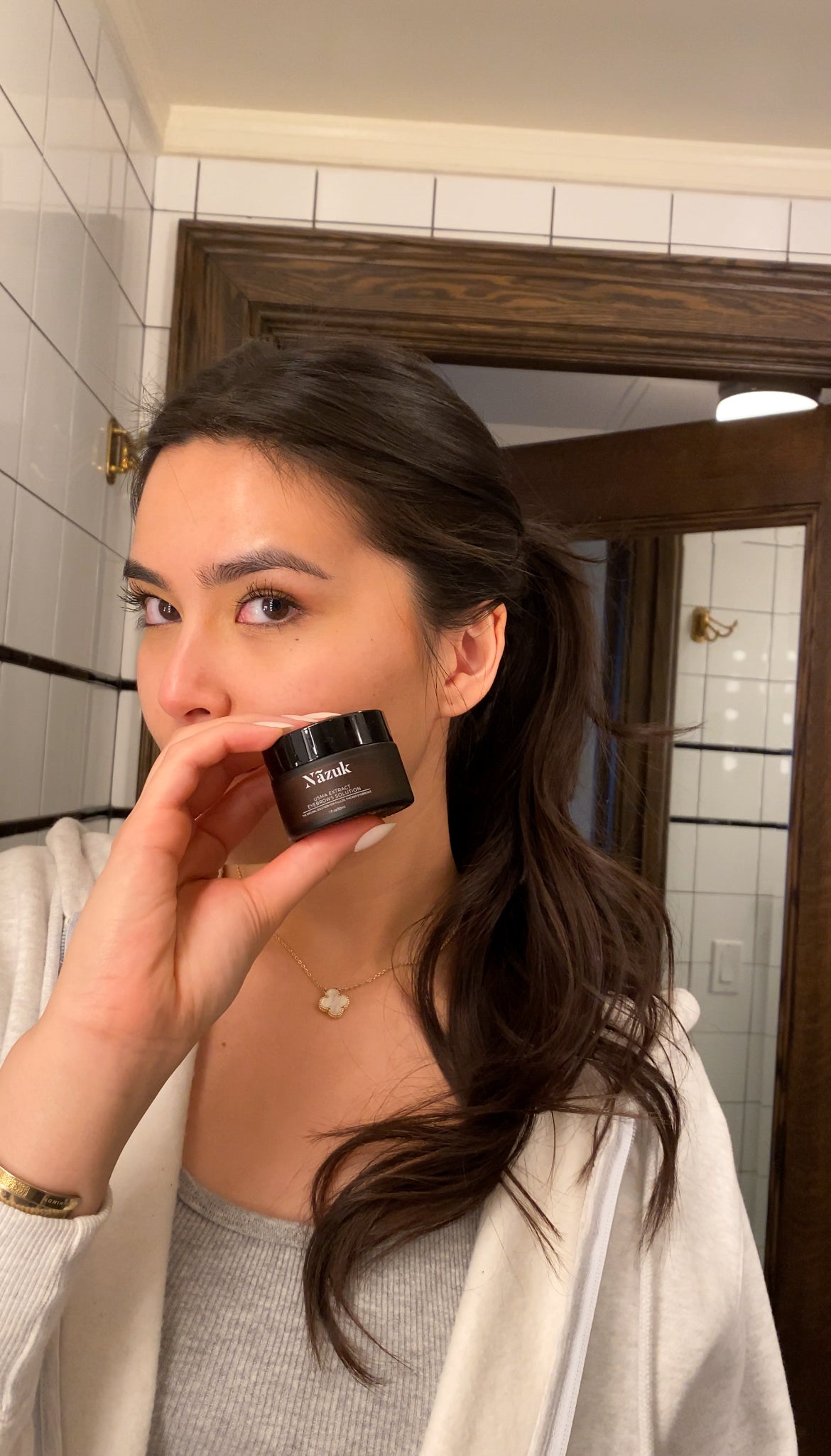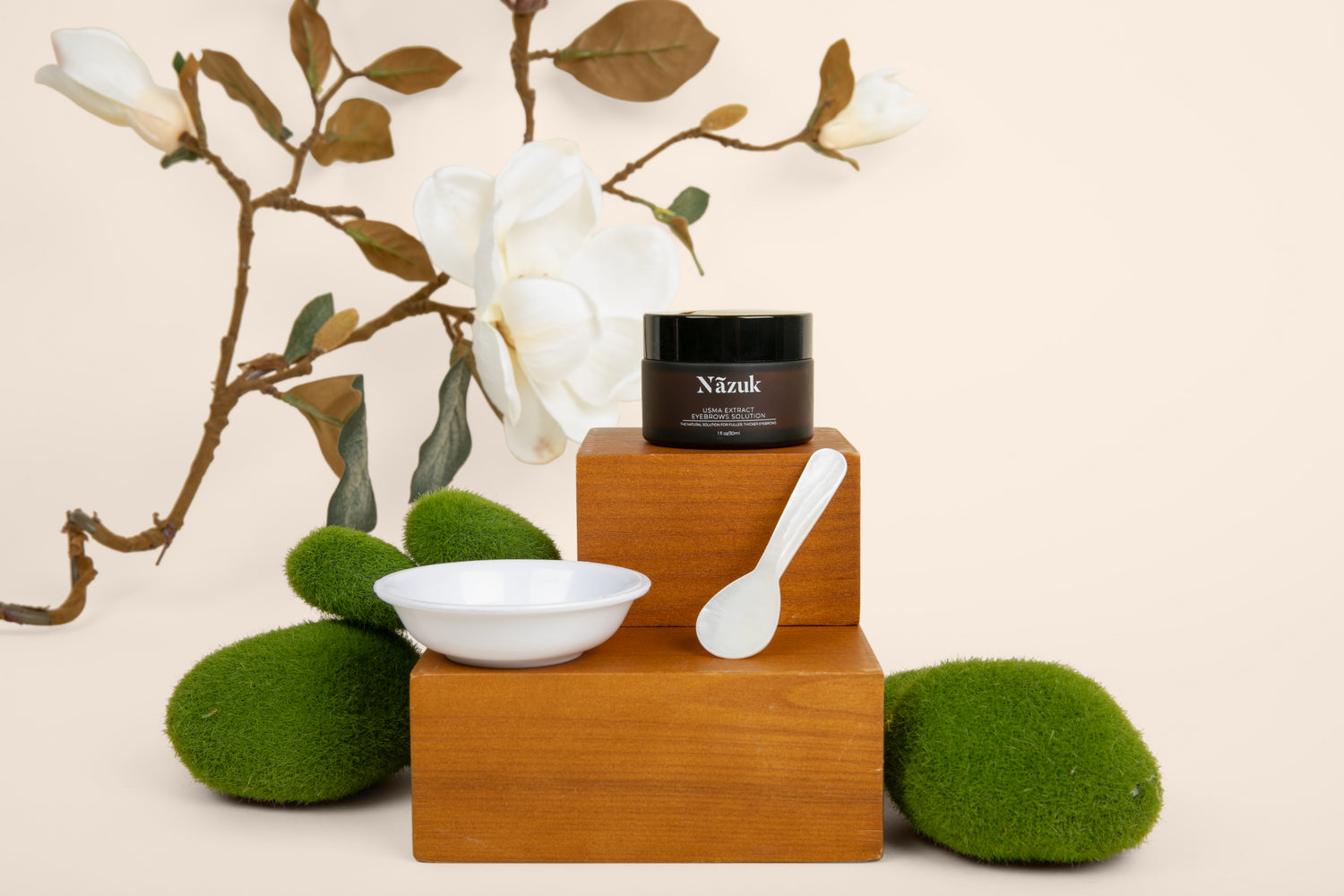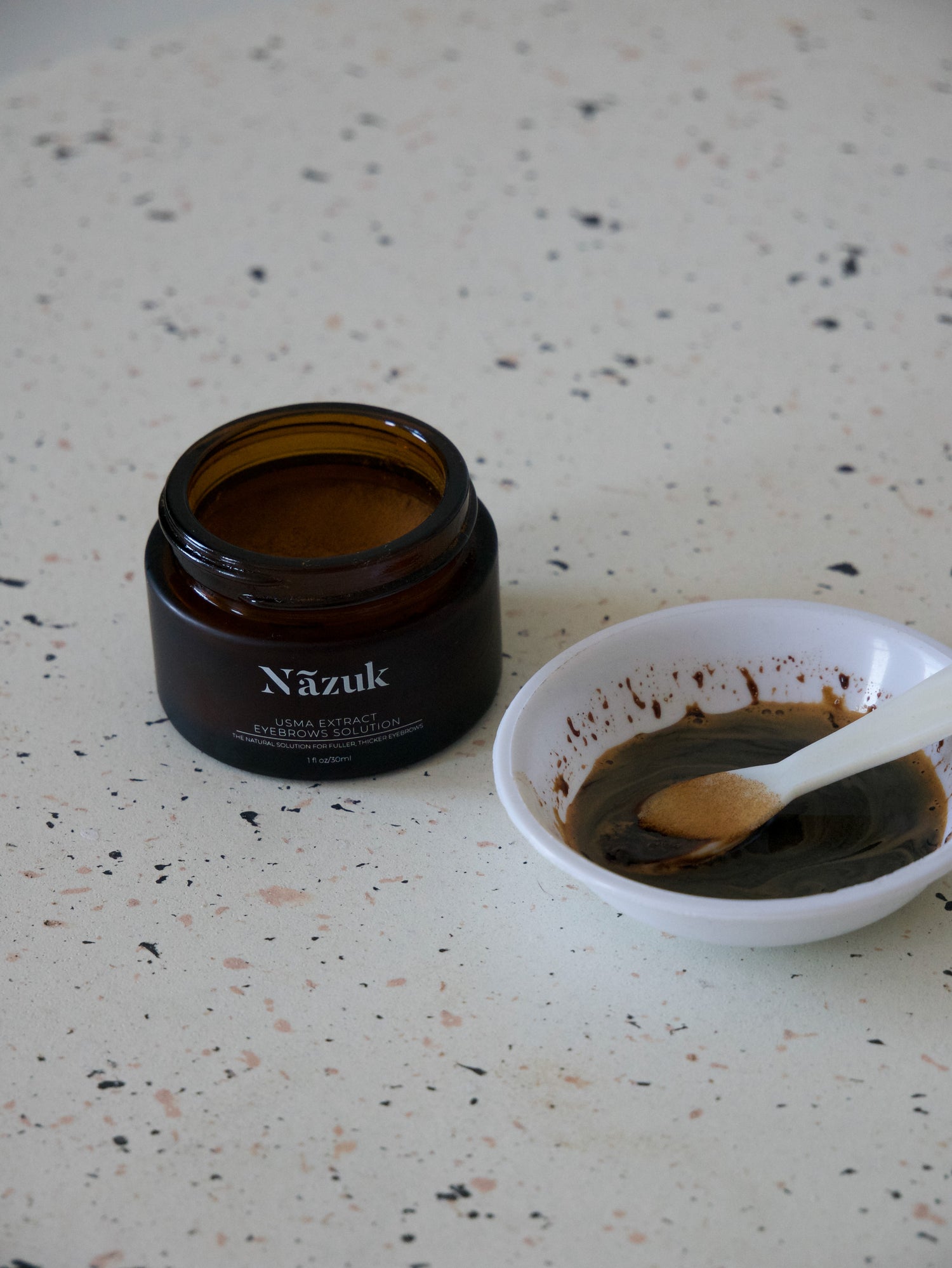Eyebrows hold more power than we often realize—they define our expressions, frame our features, and subtly shape our confidence. But in the search for fuller brows, many fall for quick-fix serums that promise overnight miracles, without considering the deeper impact on skin and hair health.
With rising awareness around clean beauty, more people are questioning what they’re actually applying to their skin. Synthetic ingredients found in many growth serums—while effective in the short run—can bring unwanted side effects, from skin irritation to long-term dependency. This makes it all the more important to weigh fast results against holistic care that supports sustainable growth.
When comparing options, the difference runs deeper than marketing claims. Growth serums often rely on lab-derived compounds like prostaglandin analogs, while eyebrow masks use natural botanicals that nourish from the root. Understanding how each approach interacts with the hair follicle, the skin barrier, and your long-term beauty goals is essential to choosing the right solution.
If your brows deserve more than a temporary fix, this is where that journey begins.
Understanding the Ingredients & Mechanisms
Eyebrow growth products can seem similar on the surface, but the ingredients inside—and how they work—reveal a big difference in what they actually do for your brows over time.
How Growth Serums Work
Most eyebrow serums rely on synthetic compounds like prostaglandin analogs or peptides. These lab-formulated ingredients stimulate hair follicles rapidly, which often leads to quick visible growth. But there's a catch—these results usually come with strings attached. Over time, your brows may become dependent on the serum to maintain fullness. The moment you stop using them, regrowth slows or reverses. Additionally, synthetic serums may cause irritation or darkening of the surrounding skin for some users.
What’s in an Eyebrow Mask?
Unlike serums, eyebrow masks focus on deep nourishment. Formulations like those based on Usma grass deliver vitamins, saponins, and minerals that support your brow’s natural growth cycle—right at the root. Usma, an ancient Uyghur botanical, contains natural compounds scientifically linked to follicle stimulation and regeneration. Instead of forcing results, these nutrients work with your skin and follicles to rebuild strength and density over time. You can read more about the heritage and botanical science behind Usma here.
Synthetic vs. Natural Approaches
The difference between lab-derived and plant-based approaches is more than just a label. Synthetic ingredients tend to act fast but may come with side effects, including dryness, redness, or long-term sensitivity. Natural ingredients, on the other hand, are often gentler and offer compounding benefits with continued use. They don’t just grow hair—they condition, balance, and protect the delicate skin around the brows. For those seeking long-term brow health without the baggage, the natural route offers not only peace of mind but lasting results rooted in tradition and supported by nature.
Eyebrow care shouldn’t be a chemical gamble—it should feel like a ritual of restoration.
Short-Term Boost vs. Long-Term Brow Health
Quick fixes can be tempting, but when it comes to eyebrow care, what works fast isn’t always what’s best for your skin or follicles over time. This section explores the downsides of synthetic serums and the benefits of choosing natural alternatives rooted in tradition and supported by gentler, long-lasting results.
The Risks of Synthetic Serums: What You Need to Know
Many brow growth serums are powered by prostaglandin analogs—chemicals originally developed for glaucoma treatment. While they often deliver fast stimulation of hair follicles, these lab-derived compounds come with a long list of potential side effects. Users have reported skin darkening, redness, flaking, and even changes in eye color after extended use. What’s more concerning is that prolonged application can lead to dependency, meaning your natural hair growth cycle becomes reliant on the product to function properly. Over time, this can result in weaker regrowth or thinning once you stop using the serum.
For those considering these products, it’s essential to understand the science behind the shine. According to Typology’s breakdown of prostaglandin side effects, these synthetic ingredients can create a cycle that’s difficult to break—especially for users with sensitive skin or eyes.
Natural Alternatives for Brow Enhancement
The good news? There are gentler, cleaner options that still promote brow growth without compromising your skin’s health. Oils like castor, coconut, and aloe vera have long been recommended by dermatologists and traditional medicine practitioners for their hydrating and anti-inflammatory properties. These ingredients don’t just coat the hairs—they nourish the follicles themselves, improving the environment for natural, consistent regrowth.
Eyebrow masks, especially those crafted with botanical actives like Usma grass, take natural care a step further. Rather than acting as a stimulant, they work by strengthening the follicle from the root, delivering plant-based compounds like saponins and antioxidants to support long-term growth. For those wary of irritation or looking to avoid chemical dependencies, this approach provides a sustainable and safer path to fuller brows.
A roundup of expert-backed natural remedies supports the efficacy of these plant-based ingredients, reinforcing the value of masks, oils, and herbal blends as long-term solutions—especially when consistency and care are prioritized over speed.
When it comes to brow health, short-term shine shouldn’t come at the cost of long-term strength. Choosing a natural alternative isn’t just about what’s in the formula—it’s about the results you’ll still be proud of months (and years) down the line.





